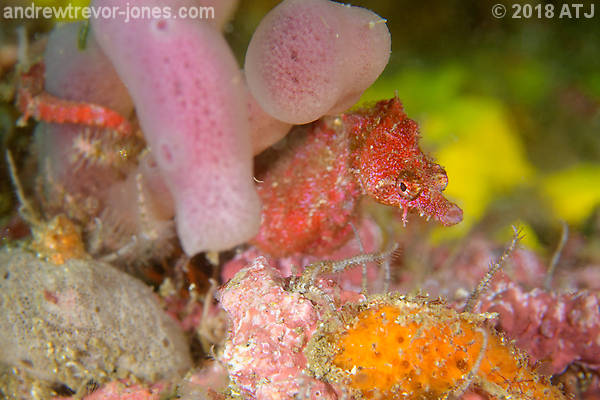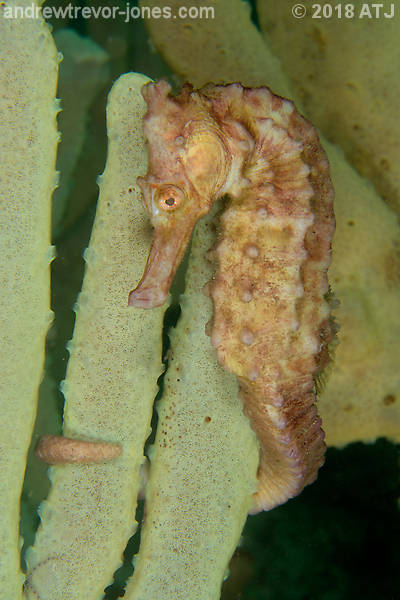
Sydney pygmy pipehorses, Idiotropiscis lumnitzeri, like this male, are one of my most frequently photographed fishes.
Monday 19 February 2018
I dive. I dive often. I dive every weekend. I have dived every weekend since April 2013. I also dive on weekdays. In fact, if I'm not working I'm usually diving. You can see from my dive log just how often I dive.

Sydney pygmy pipehorses, Idiotropiscis lumnitzeri, like this male, are one of my most frequently photographed fishes.
When I dive I take my camera and I take photographs of many of the organisms I see. My photographs are mostly of fish. I have favourite fishes which I photograph often, these include pygmy pipehorses, seahorses and anglerfishes. I also enjoy photographing rare and unusual fishes, such as ghostpipefish, cleaner clingfish and tropical visitors.
My better photographs I post of Facebook, Instagram, RedBubble, my own website, and also add them to Alamy. Part of my process in posting the photographs is to identify the species in the photograph and then I clean them up so they look good. My only limitation is time. I often don't have time to process my photographs.
One additional thing I do, which takes very little effort once I have done all the above steps, is to upload the photographs to iNaturalist.org and then add them to the Australasian Fishes project (at least when they are photographs of fish taken in Australia or New Zealand).

Another favourite are anglerfishes, like this painted anglerfish, Antennarius pictus.
iNaturalist.org is a global site where people can record their observations of natural things: animals, plants, even fungi. They also record where and when they saw it. If they know what species it is they can add that with the observation and other members of iNaturalist can confirm if they agree or suggest other identifications if they don't agree. Even if the person submitting their observation doesn't know what the organism is, other members can suggest the identification. As more observations are submitted a picture is built up of various organisms showing where and when they have been observed, adding to our understanding of those organisms.

Seahorses, like this female great seahorse, Hippocampus kelloggi, are also in my favourites.
iNaturalist.org supports projects where observations can be grouped by location and/or by type of organism. Australasian Fishes is a project of fishes from Australia and New Zealand. It is the brainchild of Mark McGrouther the Ichthyology collection manager from the Australian Museum. It is supported by a number of groups. It is hoped that the project will eventually allow users to easily identify fishes in the Australasian region.

When I submitted this photograph of a delicate or thin ghostpipefish, Solenostomus leptosoma, it was only the second sighting of the species in all of iNaturalist.org and the only one from Australia. A second observation from Australia (from photograph taken in 1962) has since been submitted.
Uploading my photographs is easy. As I already tag my photographs with the species name in Adobe Lightroom, the images I export for upload include the species name as a keyword. When I upload the image to iNaturalist, it finds the keyword and suggests that as the species name for the observation. All I then have to do is add the observation to Australasian Fishes, add a couple of observation fields and submit. It doesn't take long before other members of iNaturalist see my observations and confirm my identification or suggest a different identification.
For my favourite species of fishes I have added a lot of observations (and still have a lot more to add). For the unusual are rare species I have been able to provide some useful data on their distribution and seasonality.
The process is so easy I encourage all people that take photographs of fishes in Australia or New Zealand to submit their photographs to iNaturalist and Australasian Fishes.
Please leave Feedback if you have any comments or questions about this blog entry.